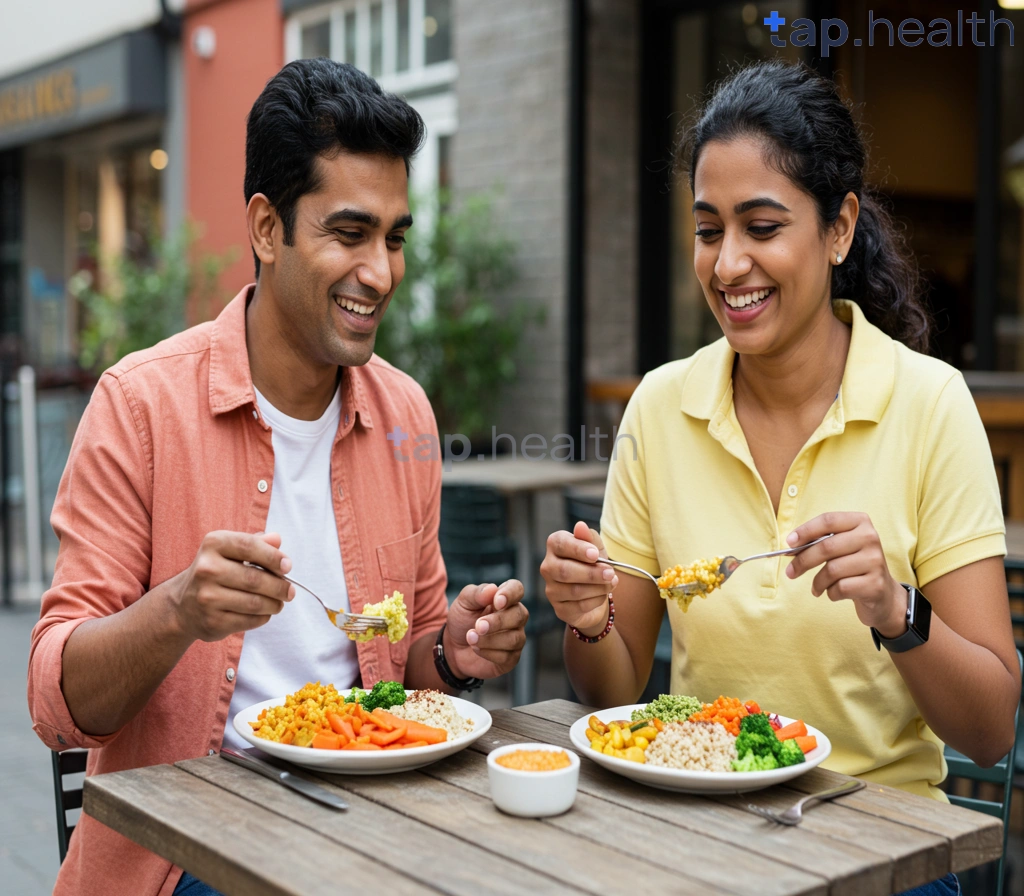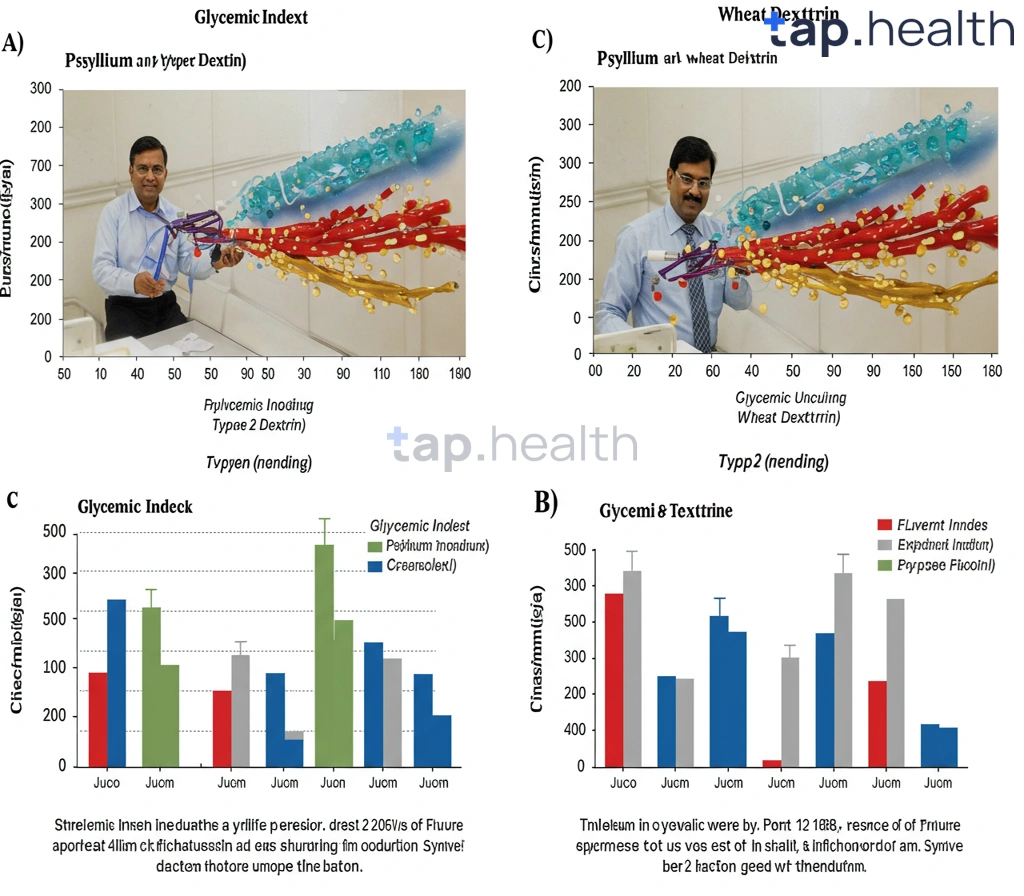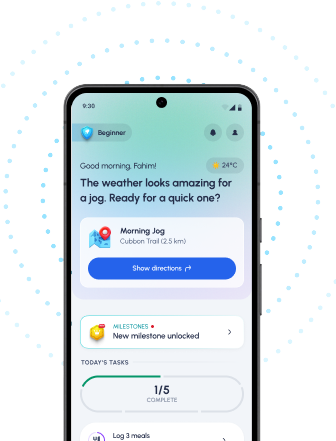Table of Contents
- Diabetes-Friendly Recipes for National Nutrition Month
- Fueling Your Body: Best Diabetes-Friendly Foods
- Your Guide to Healthy Eating with Diabetes
- Mastering Diabetes Nutrition: Simple Tips & Tricks
- Top 10 Diabetes-Friendly Snacks for National Nutrition Month
- Frequently Asked Questions
- References
March is National Nutrition Month, and what better time to focus on fueling your body right? This is especially important if you’re living with diabetes. Managing blood sugar levels effectively relies heavily on making smart food choices. In this blog post, we’ll explore practical and delicious diabetes-friendly nutrition tips to help you thrive throughout the month and beyond. Let’s unlock the secrets to healthy eating and successful diabetes management together!
Diabetes-Friendly Recipes for National Nutrition Month
Managing Carbohydrates: The Key to Delicious and Healthy Meals
National Nutrition Month is the perfect time to focus on delicious and manageable meal planning for individuals with diabetes, especially considering the diverse culinary landscapes of India and tropical countries. Remember that managing carbohydrate intake is crucial; generally, aiming for 45–60 grams of carbs per meal is a good starting point, but individual needs vary significantly. Always consult your doctor or a registered dietitian to determine your personalized carbohydrate target.
Savory and Sweet Options Abound
Indian cuisine, rich in spices and vegetables, offers numerous diabetes-friendly options. Think of moong dal cheela (savory pancakes made from mung beans), a high-protein, low-glycemic index choice. Alternatively, explore hearty lentil soups (dal) packed with fiber, which aids in blood sugar regulation. In tropical regions, fresh fruits like papaya and guava, consumed in moderation, offer natural sweetness and vital nutrients. Many traditional desserts can be adapted; for example, reduce the sugar in kheer (rice pudding) or use jaggery (unrefined cane sugar) as a healthier alternative. For more ideas on managing your diet throughout the year, check out our blog on Creating Diabetes-Friendly Dishes for the Holidays.
Tips for Success
Portion control is key. Even healthy foods can impact blood sugar if eaten in excess. Focus on whole grains over refined carbohydrates. Prioritize lean proteins and healthy fats to promote satiety and better blood sugar management. By making informed choices and adapting recipes, you can enjoy flavorful and nutritious meals while managing your diabetes effectively. Remember to consult a healthcare professional for personalized dietary advice. Learning about the best foods to include in your diet can be very helpful, and you can find more information in our article on the 20 Best Foods for People with Diabetes.
Fueling Your Body: Best Diabetes-Friendly Foods
Managing Blood Sugar in Tropical Climates
Maintaining healthy blood sugar levels is crucial, especially in hot and humid climates prevalent across India and other tropical regions. Did you know that daily consumption of sugary beverages raises your diabetes risk by 26%? This highlights the importance of choosing the right foods. Focusing on whole, unprocessed options is key to managing diabetes effectively in these environments.
Prioritizing Fiber-Rich Foods
Fruits and vegetables readily available in these regions offer a wealth of fiber, vitamins, and minerals. Think of mangoes (in season), papayas, leafy greens like spinach and fenugreek leaves, and various beans and lentils. These foods help regulate blood sugar levels and provide essential nutrients, combating the risk of complications associated with diabetes. Remember to choose fruits lower in natural sugars when possible.
Incorporating Traditional Staples Wisely
Many traditional Indian and tropical dishes can be adapted for diabetes management. For example, using whole grains like brown rice or millets instead of refined white rice significantly impacts blood sugar control. Similarly, incorporating spices like cinnamon and turmeric, known for their potential anti-inflammatory and blood sugar regulating properties, can enhance your meals’ health benefits. For more comprehensive strategies, check out our guide on 10 Proven Tips for Effective Diabetes Management.
Hydration and Portion Control
Staying adequately hydrated is crucial, especially in tropical climates. Water is your best bet; avoid sugary drinks which, as research shows, dramatically increase your diabetes risk. Finally, remember that portion control is key. Enjoy your favorite foods in moderation to manage your blood sugar effectively.
Seeking Expert Advice
Consult a doctor or registered dietitian for personalized dietary advice tailored to your specific needs and regional context. They can help create a diabetes-friendly meal plan that works best for you within the context of your local food availability and cultural preferences. Understanding the nuances of different dietary approaches can also be helpful; consider reading our article on Low-Carb vs. Moderate-Carb Diets for Diabetes: What Works Best?
Your Guide to Healthy Eating with Diabetes
Managing diabetes, especially in warmer climates like those found in India and other tropical countries, requires a mindful approach to nutrition. A significant portion of the global diabetes population, 61% of whom are aged between 20-64 years, according to the IDF Diabetes Atlas, face unique challenges related to food availability and lifestyle. Understanding these challenges is crucial for effective diabetes management.
Prioritizing Whole Foods
Focus on fresh, locally sourced produce. Many tropical countries boast an abundance of fruits, vegetables, and spices packed with vitamins, minerals, and antioxidants crucial for overall health and diabetes management. Think vibrant mangoes, leafy greens, and aromatic spices like turmeric, known for their potential anti-inflammatory properties. These foods are naturally low in fat and high in fiber, helping regulate blood sugar levels.
Hydration and Portion Control
Staying hydrated is vital, especially in hot and humid climates. Drink plenty of water throughout the day, and consider incorporating refreshing herbal teas. Remember, portion control remains key to managing blood sugar. Smaller, more frequent meals can be more effective than large, infrequent ones, particularly for those with diabetes in the 20-64 age range. And for those aged 65+ (39% of the global population with diabetes), mindful eating becomes even more crucial for managing the disease. For more practical tips, check out our guide: 10 Proven Tips to Effectively Manage Diabetes | Simple Guide.
Seeking Support
Managing diabetes effectively often requires a holistic approach. Consult a registered dietitian or healthcare professional familiar with the dietary needs specific to your region and your age group. They can help you create a personalized meal plan that caters to your individual needs and preferences, taking into account the availability of fresh, local ingredients. Remember, navigating diabetes is a journey, not a destination, and access to the right information and support is paramount. If you’re planning any travel, be sure to read our advice on Traveling with Diabetes: Essential Tips for a Safe & Healthy Journey before you go.
Mastering Diabetes Nutrition: Simple Tips & Tricks
Understanding the Challenge
Diabetes affects a significant portion of the global population, including a concerning number of youths. In the U.S., approximately 35 per 10,000 youths have been diagnosed with diabetes, according to the CDC. This alarming statistic underscores the urgent need for accessible and effective diabetes management strategies, especially in resource-constrained regions like many Indian and tropical countries. Effective nutrition plays a pivotal role in managing blood sugar levels and preventing complications.
Practical Steps for Diabetes Management in Tropical Climates
Many staple foods in Indian and tropical countries, like rice and various fruits, can be incorporated into a diabetes-friendly diet with careful planning. Focus on whole grains over refined carbohydrates and choose fruits lower in glycemic index like berries over mangoes. Prioritize lean protein sources such as lentils, fish, and poultry. Incorporating spices like turmeric and cinnamon, common in Indian and tropical cuisines, can offer additional health benefits. Remember portion control is key. Smaller, more frequent meals can help stabilize blood sugar levels.
Hydration and Seasonal Foods
Staying hydrated is crucial, especially in warmer climates. Drink plenty of water throughout the day. Incorporating seasonal fruits and vegetables is another important step. These are typically fresher, more nutrient-rich, and often better suited to the local climate. Consult a doctor or registered dietitian to create a personalized meal plan tailored to your specific needs and regional dietary habits. For those concerned about weight management alongside diabetes, How to Lose Weight with Diabetes Diet Plan offers valuable insights.
Taking Control
Managing diabetes requires commitment, but with the right knowledge and support, you can live a healthy and fulfilling life. Seek guidance from healthcare professionals familiar with the nutritional challenges and available resources within your specific region. Remember that small, consistent changes can make a significant difference in your overall health and well-being. Making informed food choices is a powerful step toward a healthier future. As you age, the challenges of diabetes management may evolve; Managing Diabetes as You Age: Challenges and Solutions provides helpful strategies for this phase of life.
Top 10 Diabetes-Friendly Snacks for National Nutrition Month
Managing diabetes effectively, especially in the context of Indian and tropical countries, requires mindful snacking. Over 75% of people with diabetes live in low- and middle-income countries, highlighting the global importance of accessible and culturally relevant dietary advice. These top 10 snacks offer delicious, nutritious, and blood-sugar-friendly options readily available in many regions:
Fruits & Vegetables:
1. Guava: Rich in fiber and Vitamin C, helping regulate blood sugar.
2. Bitter gourd (Karela): Traditionally used in Indian cuisine, known for its blood sugar-lowering properties.
3. Mango (in moderation): A tropical staple, enjoy small portions for sweetness without excessive sugar spikes.
Nuts & Seeds:
4. Almonds: Healthy fats and fiber contribute to satiety and blood sugar control.
5. Chia seeds: High in fiber and omega-3 fatty acids, add to smoothies or yogurt.
Legumes & Grains:
6. Moong dal (sprouted): A staple in South Asian diets, easily digestible and packed with protein.
7. Oats (porridge): A slow-release carbohydrate source for sustained energy.
Other Options:
8. Plain yogurt (unsweetened): High in protein and probiotics for gut health.
9. Handful of berries (blueberries, raspberries): Antioxidant-rich and low in glycemic index.
10. A small portion of dark chocolate (70% cacao or higher): Satisfies cravings while providing antioxidants (in moderation).
Remember to consult with your doctor or a registered dietitian to personalize your diabetes-friendly diet plan. Prioritize whole, unprocessed foods and portion control for optimal health outcomes. This National Nutrition Month, let’s work together to empower individuals with diabetes in Indian and tropical countries to make informed choices for a healthier life! For more ideas on managing your blood sugar throughout the day, check out our guide on Healthy Snacking Ideas for Busy Days. And if you’re wondering what to eat before bed, What is a Good Bedtime Snack for Diabetics? offers some helpful suggestions.
Frequently Asked Questions
Q1. What is the main focus of these diabetes management guidelines?
These guidelines focus on providing culturally relevant and accessible dietary advice for managing diabetes, specifically in India and tropical regions.
Q2. What types of foods are recommended for managing diabetes?
Prioritize whole, unprocessed foods such as fruits (papaya, guava, berries, mangoes in moderation), vegetables, legumes (moong dal), whole grains (brown rice, millets, oats), and lean proteins. Spices like cinnamon and turmeric are also beneficial.
Q3. Are there any foods or drinks I should avoid?
Yes, it’s important to limit or avoid sugary drinks and processed foods. Portion control is also crucial for managing blood sugar levels.
Q4. How can I create a personalized diabetes management plan?
It’s essential to consult a doctor or registered dietitian to develop a personalized plan that considers your individual needs and the availability of foods in your region.
Q5. What is the overall approach to diabetes management emphasized in these guidelines?
The guidelines emphasize mindful eating and making informed food choices to effectively manage blood sugar levels and prevent complications. Hydration is also a key component.
References
- A Practical Guide to Integrated Type 2 Diabetes Care: https://www.hse.ie/eng/services/list/2/primarycare/east-coast-diabetes-service/management-of-type-2-diabetes/diabetes-and-pregnancy/icgp-guide-to-integrated-type-2.pdf
- Children with Diabetes : A resourse guide for families and school. : https://www.health.ny.gov/publications/0944.pdf




